Astronomy
Students Measured Comet Distance with Indian & European Observatory
European Students measure Comet 46P/Wirtanen Distance using Parallax method with collaboration of an Indian and European Observatories.
Comet (Dhoomketu) – an icy, gaseous celestial bodies hiking around our solar system have always created unexpected curiosity in the minds of earthly people since ancient times. Some have inspired, some have feared and some got dazzled by its spectacular vistas. Many in ancient times had given them different titles such as “the Harbinger of Doom” and “the Menace of the Universe”.
Since Ancient times people have many doubts about these celestial bodies as they are bit different than other predictable-regular celestial bodies which can be mapped but comets have always been very erratic and unpredictable. The curiosity to know more about comets have not dwindled even today and many observers around the world dedicated their life to such celestial bodies.
The recent closed Comet that visited our planet earth is Comet 46P – is a small short-period comet with a current orbital period of 5.4 years and was discovered photographically on January 17, 1948, by the American astronomer Carl A. Wirtanen.
The Comet 46P/Wirtanen was travelling very closely in the December 2018 and many observatories and amateur observers were trying to catch it on their digital photographic plate. Among such amateurs one Indian observer is Mr. Vikrant Agnihotri (who runs Cepheid Observatory, Rawatbhata, Rajasthan, India) who will help us know more about how students from Europe have remarkably measured the distance of a Comet 46P/Wirtanen.
Being an experience comet observer and a collaborating observatory to our Vorion Scientific Observatory, Ahmedabad, we have studied the comet 46P closely this time and I was witnessing the live Facebook telecast of its capture during Parallax Capture program, but it’s more fun to listen him, how he decided and what happened and how close the final results came from students.
Asking what is parallax method, Mr. Vikrant describes – “It’s very basic that if you extend your arm and raise your thumb and quickly look at it using left and right eye alternatively, you realized that the thumb is offsetting in front of a distant background and by calculating the offset and the fixed left and right eye distance – one can find the distance of the thumb from eye with basic trigonometry.”
That’s what these students from Italy along with their teachers – Christof Wiedemair (the leading teacher and guide) tried on – two eyes resembling Europe and Indian Locations and a Thumb corresponds to the Comet 46P/Wirtanen against a distant background –a galaxy and some stars.
In these Facebook era, it’s quite easy to connect with fellow observers with ease. He joined the Brunecker group with German astrophotographer Sebastian Voltmer.
As he elaborated deeply, on the Christmas night in India from 18:00 UT – a simultaneous recording comet Wirtanen had been decided! Bruneck(ITALY) – Spicheren(FRANCE) – Rawatbhata(INDIA), at all three locations, alerted to the comet Wirtanen! He along with his European counter team captured some 220 pictures over 2.5 hours of data.
On 30th December – students have deduced the data and with basic trigonometry tried to measure the distance. As a linear distance between the shooting locations were found as follows:
Brunico – Spicheren … 457 km
Brunico – Rawatbhata … 5827 km (almost 12x)
The baseline for the parallax effect now fixed. To measure the parallax angle to be found, they decided to pair two images at a time. An alternating display of the two aligned images, the so called flashing, clearly showed an offset of the comet in the sky.
They succeeded in determining this offset in pixels by adapting a 2D function, the so-called “Point Spread Function”, to the brightness distribution of the comet!
With the aid of the image scale of the images, which was calculated from the stars visible in the image by means of “Platesolving”, it was finally possible to convert this pixel distance into an angular distance. The results of several averaged measurements are as follows:
Bruneck – Spicheren … Parallax of approx. 6 arcseconds (average of 2 image pairs)
Bruneck – Rawatbhata … Parallax of approx. 84 arcseconds (average of 4 image pairs)
As expected, the offset is in The images of India are much larger, since the baseline is more than 12 times bigger! The measurements of the parallax scattered much stronger in the data from Spicher, which was to be expected. The triangle Bruneck – Spicheren / Rawatbhata – Wirtanen can be seen in a good approximation as isosceles. Baseline and the angle that is opposite the base are known. The following sketch clarifies the considerations.
The measurement results for the comet distance are impressive! Combining the data from Bruneck and Rawatbhata the distance to 14.4 million kilometers is calculated , which is only 4% too low compared to the official value on that day. The combination of data from Bruneck and Spichereren results in a distance of cometary Wirtanen of 15.1 million kilometers, which is only 1% too high. Nevertheless, the “better” result is to be treated with caution, since only two matching image pairs were used and the scatter was high. The “Indian” result shows that all measured values were below the literature value. Here the question of a systematic error is justified. A time deviation of the two computer clocks would be the obvious suspect …
All in all, the enthusiastic students had the first success in measuring the distance of these gaseous hikers of the universe with only basic elementary trigonometry and some dedicated astro-imaging.
Asking more about such measurements, Did anyone else did such measurement at student level of a comet ? – he promptly replied that first of such student level measurement was happened for Comet Hyakutake in 1996 from the locations of Denmark and Portugal.
Adding to these aspiring measurement, he shared his wish that Indian students too need to do such interesting projects whenever possible, it only grows one’s knowledge and help the country develop the scientific temper. The need to take the science to the student level should be utmost priority of all science communicators and amateur astronomers of the country.
Being present at the Mr. Vikrant Agnihotri’s facebook live session of the then going on remote capturing was a personal delight as well. Hope to see more such observations and project work from Indian Students as well.
Thank you for reading.
– Mr. Kuldip Vora (M.tech Engineer , Amateur Astronomer – Vorion Scientific Observatory)
References:
https://www.eso.org/public/events/astro-evt/hyakutake/images/phot-hya-apr03-mw/
https://en.wikipedia.org/wiki/46P/Wirtanen
https://www.eso.org/public/events/astro-evt/hyakutake/images/phot-hya-apr03-mw/
amazing-space.stsci.edu/resources/explorations/cometmyth/
https://en.wikipedia.org/wiki/File:Animation_of_46P%EF%BC%8FWirtanen_orbit.gif
https://en.wikipedia.org/wiki/Comet_Hyakutake

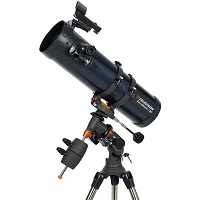
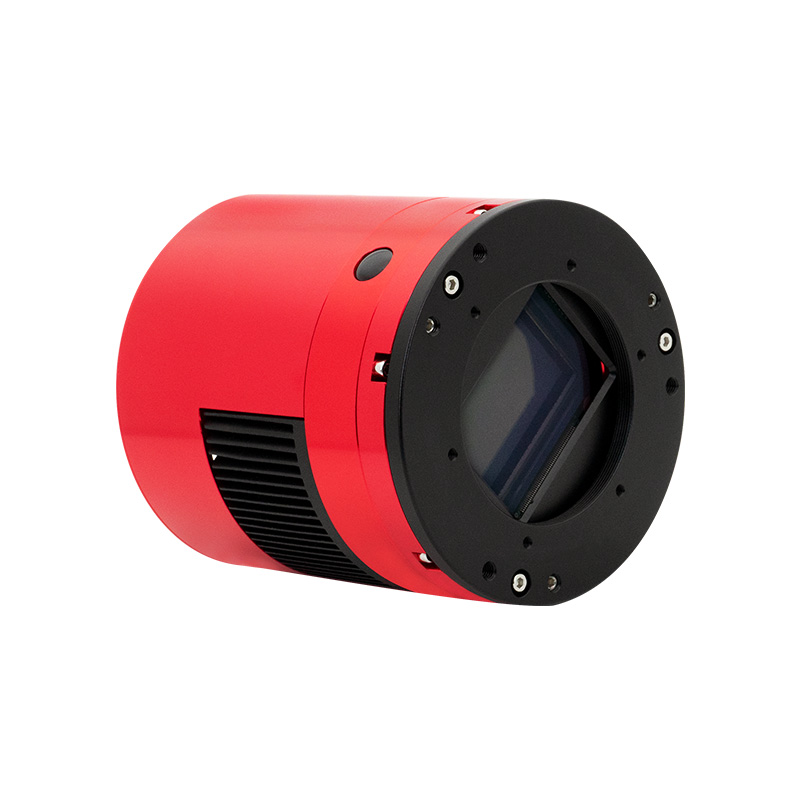
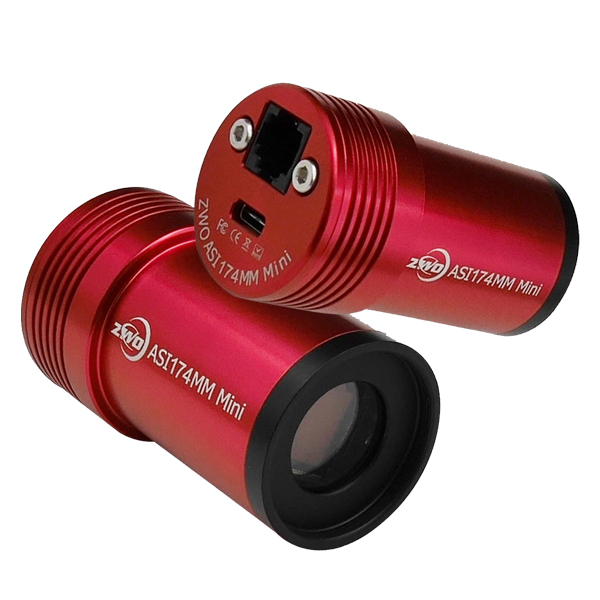
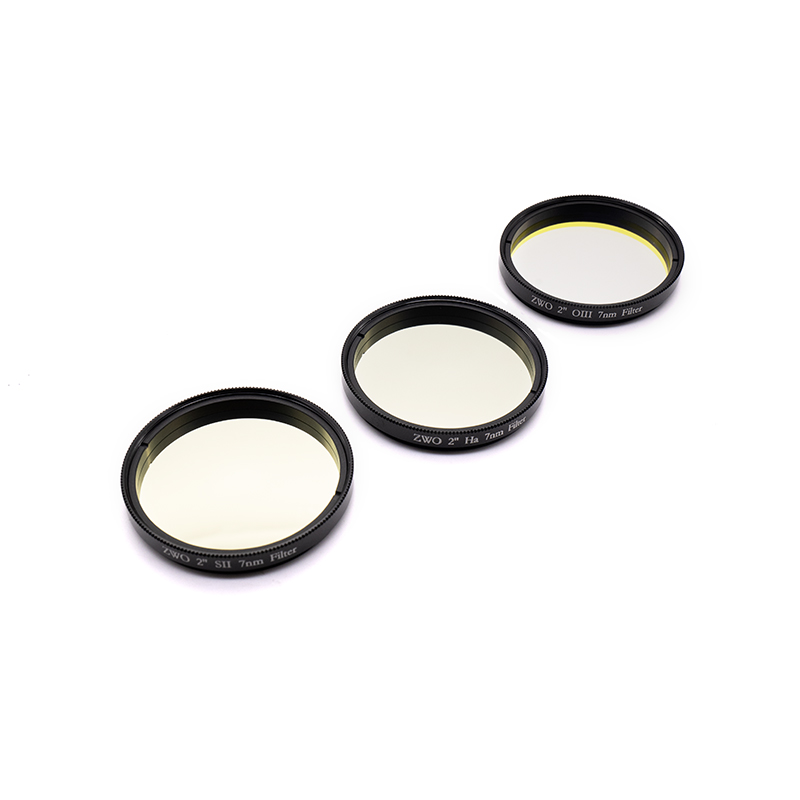

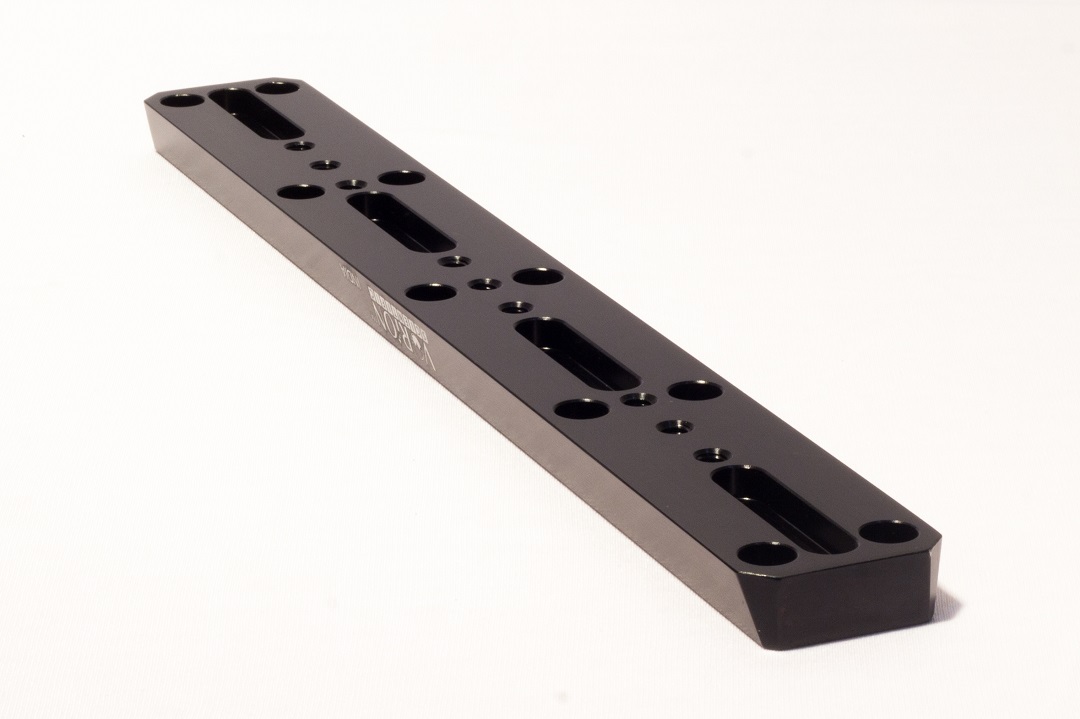
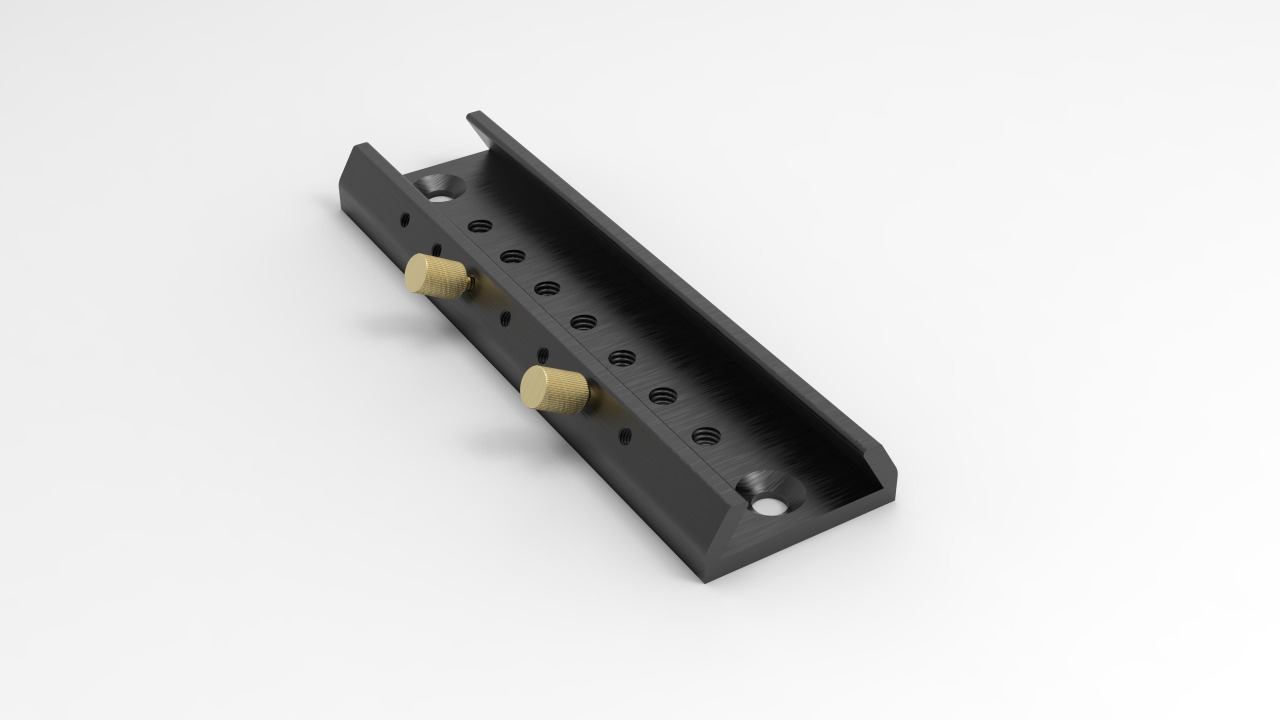
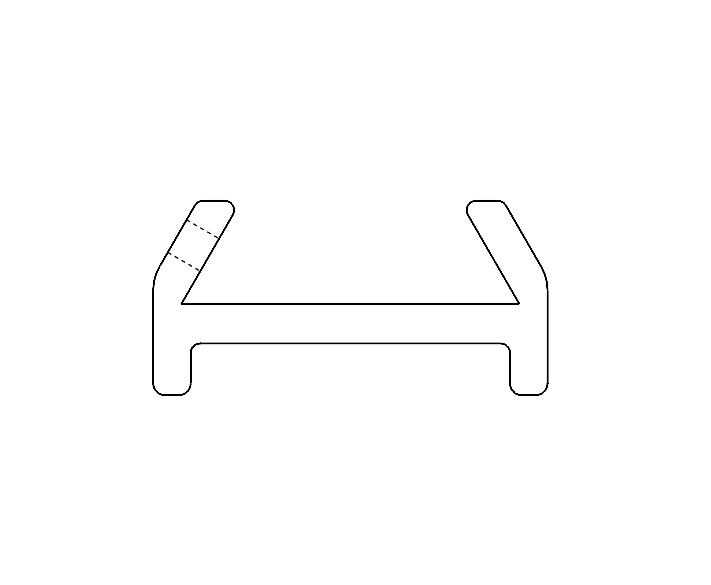
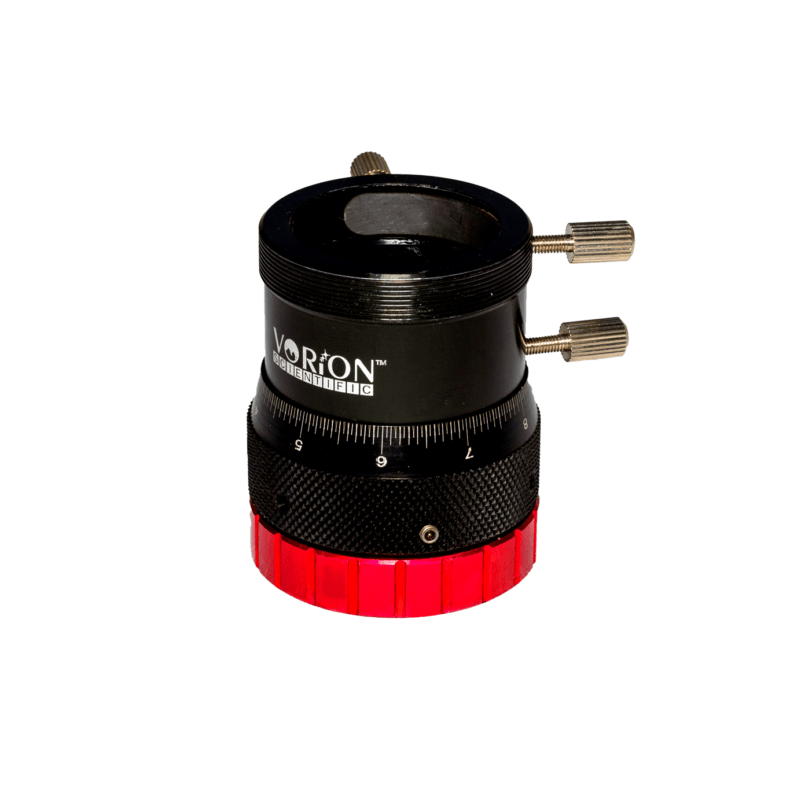
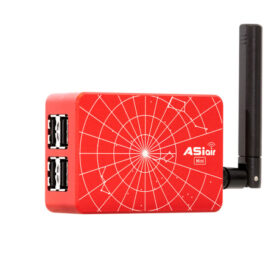
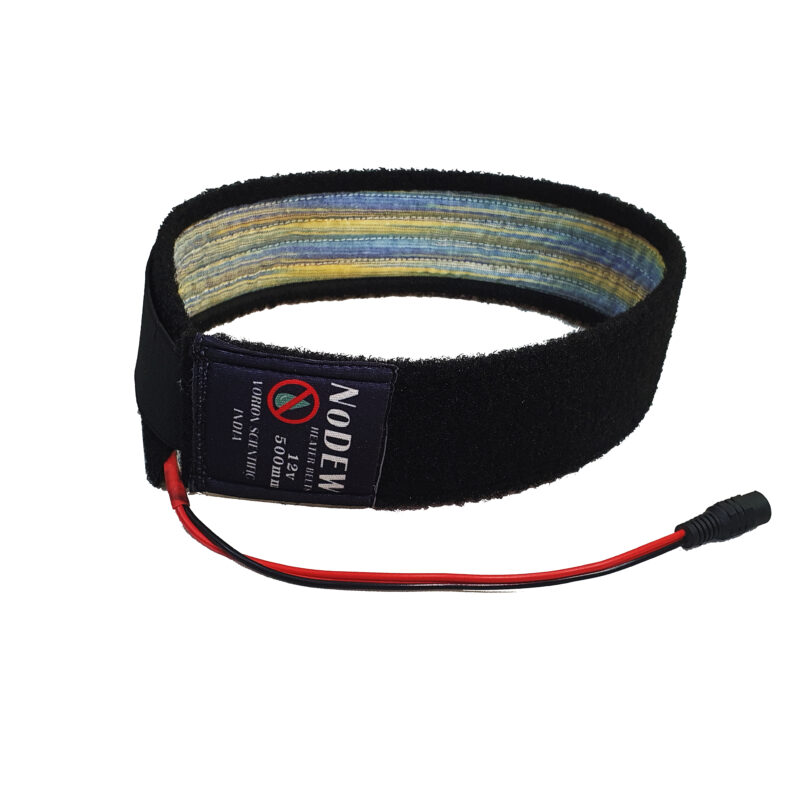
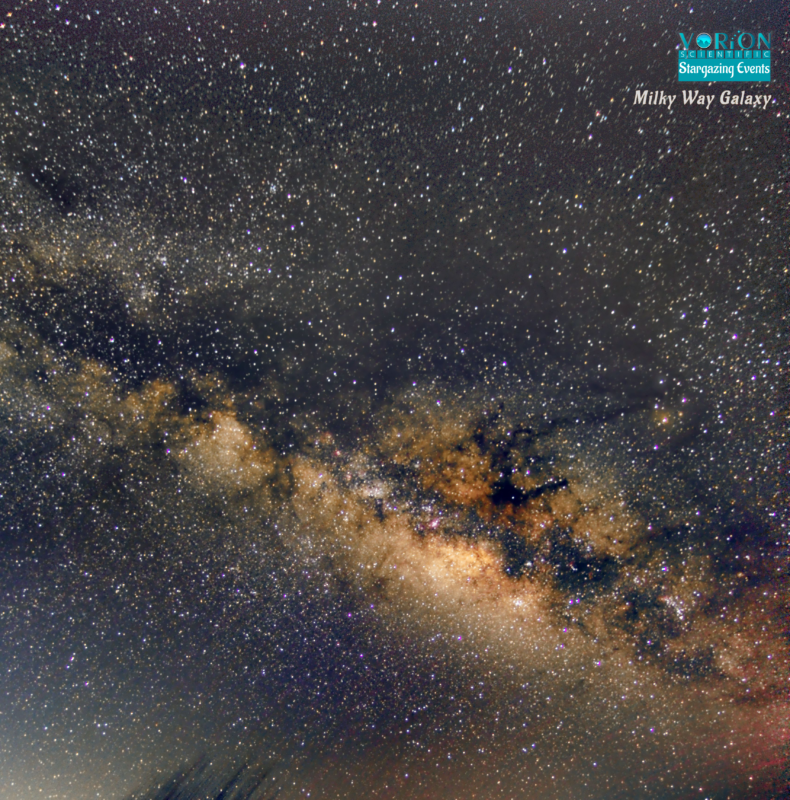
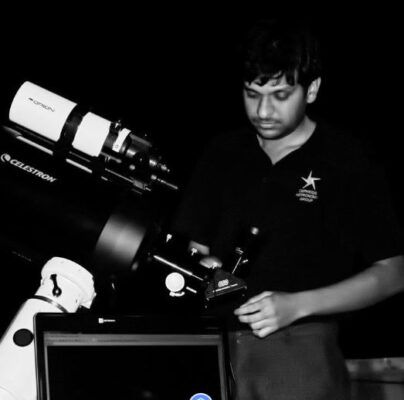
 Astro Shop
Astro Shop
Great work, i am sure this will encourage a lot of backyard astronomers to co-operate and take up such projects.